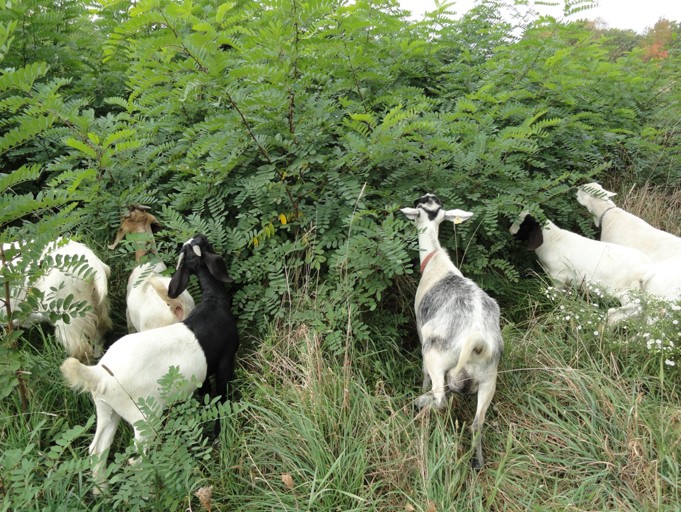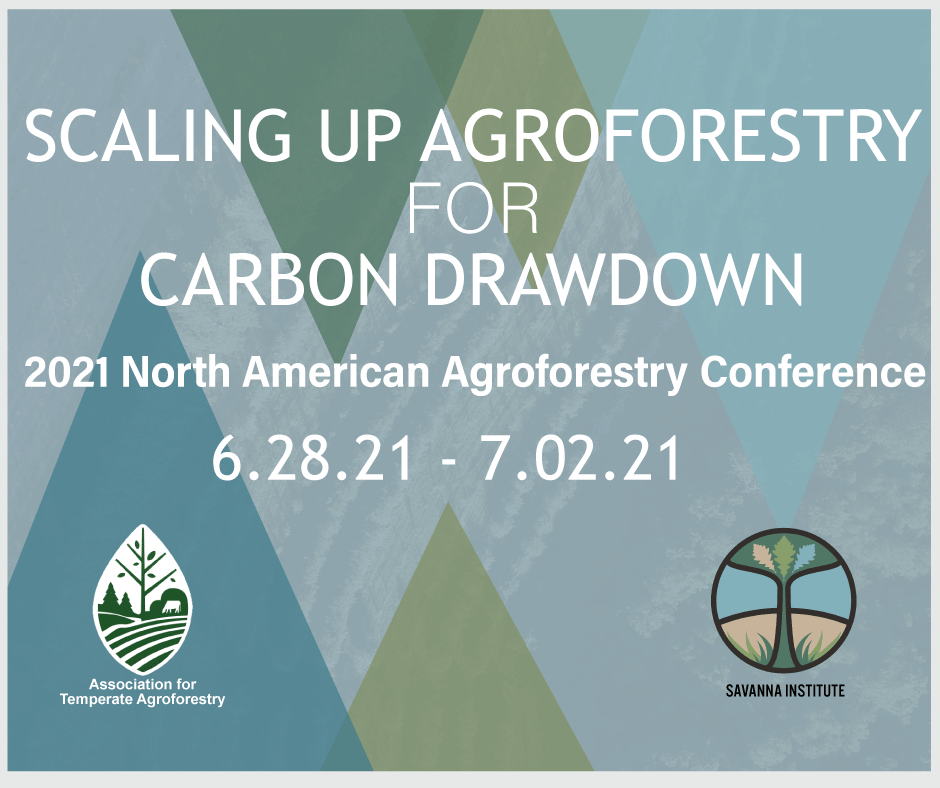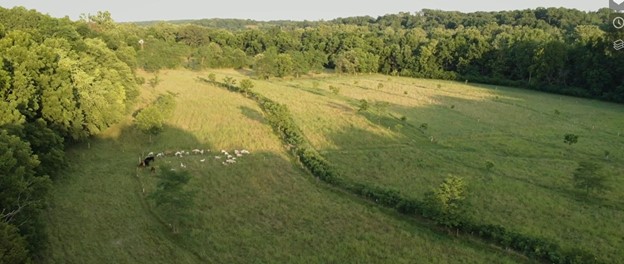A Silvopastoralist’s Admiration of Black Locust

In 1988, with a year of forestry school under my belt, I set about my goal of turning the 100 acres of fields on our family’s old dairy farm in upstate New York into forests. To my parents’ relief, I ran out of time to fully carry out the threat before heading off into the big world. However, several productive springs throughout college were enough to get trees started on 30 acres of the farm’s less productive fields.
On the better sites, we planted a mix of black locust and black walnut. My fledgling knowledge of forest economics showed it to be a great “get rich quick” scheme, which in forestry terms means in about 50 years. In hindsight, the brilliant part of that plan were the locusts. Sure, the walnuts are still there and someday we will reap what we have sown, but the locusts have been a blessing in multiple ways.
- Details
- Written by Brett Chedzoy, Cornell Cooperative Extension





